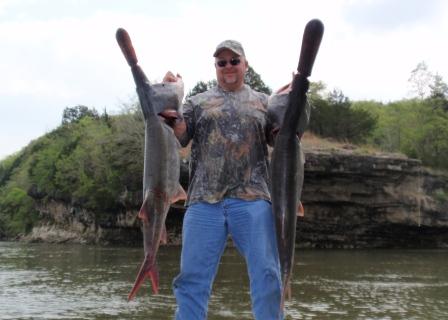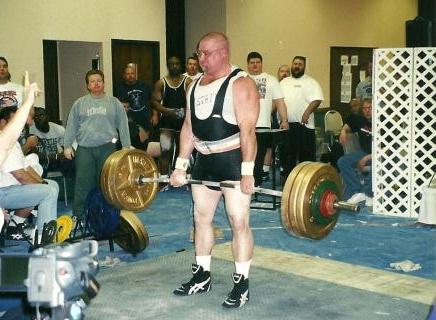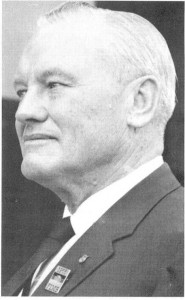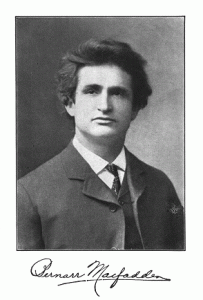by Al Myers
One of my favorite all-round lifts is the One Arm Snatch. From the first time I tried it I knew I was going to like it. I have never been a good Olympic lifter (I started my lifting career as a Powerlifter), and everyone knows that it is much harder to master the proper technique of Olympic Lifting as you get older. It is something you should learn to become proficient in early on at a young age – and definitely not after several years of heavy bench press training and the tight shoulders that follow. But the One Arm Snatch – now here was my chance to do an Olympic-type lift that really requires NO advance training in Olympic Lifting as it is so different from the 2-handed Snatch. I think I also like this lift because my One Armed Snatch is not too far behind my Two Handed Snatch. I can do slightly over 75% in the One Arm Snatch compared to the two handed version, which either means I excel at the One Arm Snatch or I am just really, really bad at the Two Handed Snatch!
I want to share my five favorite pictures of the One Arm Snatch. Actually it took me longer to narrow down my list to five than write this blog! Several I went back and forth on – and then the REALLY hard part was ranking them! The One Arm Snatch is also often referred to as the One Hand Snatch, which is the older term that describes this lift. Now on to the pictures!!!
Picture #5
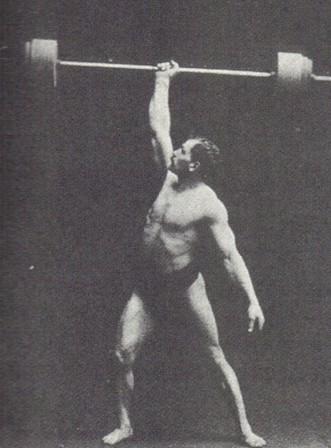
Arthur Saxon and the One Arm Snatch.
I have always been an Arthur Saxon fan. Arthur is usually noted for his outstanding Bent Press and 2-Hands Anyhow, but he was also quite good at the One Arm Snatch. Unlike alot of other Oldtime Strongmen, I truly believe the lift poundages reported by Arthur Saxon. He was a true weightlifter more than a strongman performer. His best official Right Hand Snatch was 195 pounds, and his best unofficial Right Hand Snatch was 210 pounds. This was done at around 200-210 pounds bodyweight – AMAZING!
Picture #4
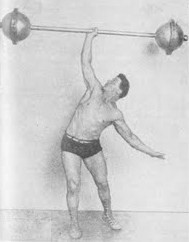
Milo Steinborn and the One Arm Snatch.
Henry “Milo” Steinborn has left his legacy in the USAWA with his signature lift, the Steinborn Lift. What most people don’t realize is that Steinborn was more than just a squatter, as he excelled at the quick lifts as well. I like this picture because it signifies a truly “Oldtime Strongman” approach to weightlifting. Notice the thick handled barbell with no knurling and the globe ends. This bar weighed 173 pounds. This picture was taken in 1921 in an exhibition done by Steinborn in Philadelphia. It has been said he snatched this bar with one hand SIX TIMES that day!
Picture #3
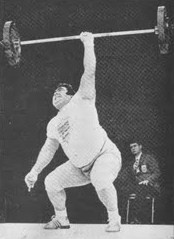
Vasily Alexeev and the One Arm Snatch.
In 1980, the great Super Heavyweight Russian Olympic Lifter and winner of many Olympic Gold Medals, Vasily Alexeev performed a One Arm Snatch of 231 pounds. I am sure he didn’t train this lift much at all, but still put up one of the best performances of all time. Notice how he is catching the One Arm Snatch like a regular squat snatch. This lift was done in an exhibition in Las Vegas, Nevada.
Picture#2
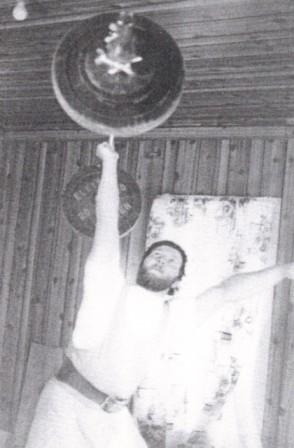
Bob Burtzloff and the One Arm Snatch.
My brother-in-law Bob Burtzloff introduced me to the USAWA over 20 years ago. Bob is a legend in all-round lifting in the Midwest prior to the USAWA being formed. He was a great all-round lifter, and excelled at one arm lifts. His 171 pound One Arm Snatch performed in 1987 still ranks as the BEST ALL-TIME One Arm Snatch in the USAWA Record Book. This picture was from the old USAWA Rulebook, and was early inspiration for me to train the One Arm Snatch.
Picture #1
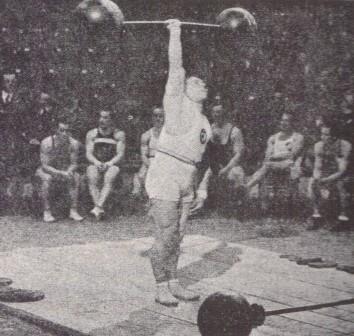
Charles Rigoulot and the One Arm Snatch.
This is my favorite picture for one reason – because Charles Rigoulet was the best of ALL-TIME! In 1929, he made a Right Hand Snatch of 115 kilograms (253.5 pounds). This was done at a muscular bodyweight of 215 pounds. A lot of people considered Rigoulot an One Arm Snatch specialist, but I disagree. He also was very good at several other lifts, including the Olympic Lifts. One thing about this picture that impresses me is his strict technique – notice his heels together at completion and upright finish. Rigoulot loved to lift with his shot-loaded barbells, and it is also appropriate that this picture shows him doing just that.
Well, there you have it. Now tomorrow I may have another list of 5 different favorites, but why can’t a man change his mind? I hope these pictures give someone the inspiration to go to the gym and train the One Arm Snatch today!!
